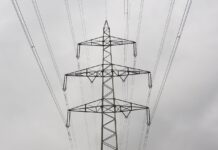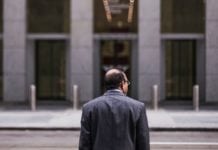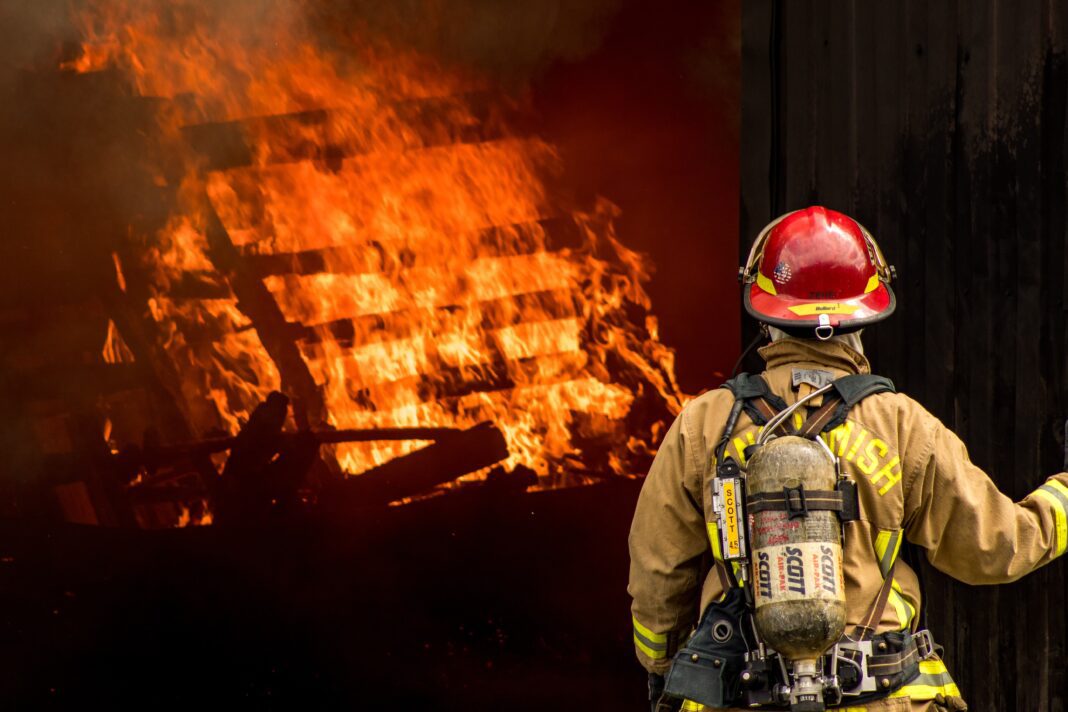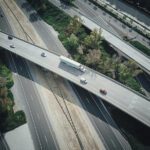A fast-moving fire erupted on August 1st, near the intersection of Octavia and Oak streets in San Francisco wreaking havoc on nearby residents and displacing many, has been contained.
According to the San Francisco Chronicle, no injuries were reported, however eight people in nearby buildings were displaced. Five residential buildings were affected by the fire with some flames on the roof and major water damage, including two on Hickory Street and two on Oak Street.

Fire Chief Jeanine Nicholson said that the fire progressed rapidly, and it could have potentially taken out an entire block of San Francisco.
Over 140 firefighters were called to the fire that took place around 6 AM. The blaze was upgraded to a four-alarm fire within thirty minutes. Officials say that the fire broke out in a building that appeared to be under construction.
The fire caused significant traffic backup on northbound Highway 101 near San Francisco and the intersection closest to the fire would be closed for the rest of the day according to fire officials.
The cause of the fire remains under investigation and the American Red Cross is currently providing help to those displaced.
“The San Francisco community was put at serious risk due to this severe fire that displaced many people and required the assistance of close to 200 firefighters,” said Gerald Singleton leading fire attorney at Singleton Schreiber. “The fire was no small feat and we’re very thankful to the firefighters that risked their lives while five buildings were impacted and a nearby building collapsed.”
To contact Singleton Schreiber’s San Francisco fire lawyers, call 559-702-0846 or via email at info@singletonschreiber.com.
Rise in San Francisco Structural Fires
San Francisco, renowned for its scenic beauty, iconic landmarks, and vibrant culture, has recently witnessed an alarming increase in structural fires. This escalating trend is posing a significant threat to the safety and well-being of residents, visitors, and the city’s historic architecture.
The rise in structural fires within San Francisco is a multifaceted problem with numerous contributing factors. Several key aspects have been identified as potential culprits:
- Aging Infrastructure: Many buildings in San Francisco date back to the early 20th century, and their aging infrastructure, coupled with insufficient upgrades, increases the risk of electrical faults and fire hazards.
- Population Density: As a bustling urban center and a popular tourist destination, San Francisco’s population has been on a steady rise. The higher concentration of people in residential and commercial areas increases the likelihood of accidents and human error.
- Homelessness and Unregulated Encampments: The city’s struggle with homelessness has led to an increase in makeshift encampments, where fires can easily spark due to cooking or heating methods used in such settings.
- Urban Development and Construction: The ongoing construction and development projects in the city can inadvertently result in safety oversights and construction-related fires.
- Climate Change: California has experienced a series of devastating wildfires in recent years, partly because of climate change. While San Francisco is not at the epicenter of such fires, the increased frequency and intensity of wildfires in the state have raised concerns about the potential for embers to ignite fires within the city.
The surge in San Francisco structural fires has far-reaching consequences for various stakeholders:
- Loss of Life and Property: The most severe implication is the potential loss of lives, injuries, and damage to residential and commercial properties, resulting in financial burdens and emotional distress for affected individuals and families.
- Strain on Emergency Services: The increasing frequency of fires strains the resources of San Francisco’s fire department and emergency responders. This may lead to delayed response times, hindering their ability to effectively combat fires and provide timely assistance.
- Economic Impact: The damage caused by structural fires affects local businesses, property owners, and insurers, leading to higher insurance premiums and reduced property values.
- Historic Preservation: San Francisco boasts a rich architectural heritage, and each fire poses a threat to the preservation of its historic buildings and landmarks.
To mitigate the rise in San Francisco structural fires, a comprehensive approach involving various stakeholders is imperative:
- Upgrading Infrastructure: Investing in the maintenance and upgrading of aging buildings can significantly reduce fire risks. Implementing modern fire safety systems and adhering to building codes can enhance overall safety.
- Homelessness and Encampment Solutions: Addressing homelessness through compassionate and sustainable measures will help reduce the number of makeshift encampments and associated fire risks.
- Public Awareness Campaigns: Engaging in educational campaigns to raise awareness about fire safety, preventative measures, and emergency protocols is essential for both residents and visitors.
- Enhanced Urban Planning: City planners and developers should prioritize fire safety measures in new construction projects and conduct thorough risk assessments.
- Collaboration with Surrounding Areas: Collaborating with neighboring counties and cities on fire prevention and emergency response strategies can improve overall regional safety.
- Climate Change Mitigation: Taking steps to combat climate change at both local and global levels will help reduce the likelihood of wildfires spreading into urban areas.
The rise in San Francisco structural fires demands immediate attention and action. Addressing the contributing factors requires a collective effort from city officials, residents, businesses, and visitors alike. By implementing proactive measures, such as upgrading infrastructure, addressing homelessness, and promoting fire safety awareness, San Francisco can safeguard its architectural heritage, protect its residents, and ensure a safer and resilient future for the city by the Bay.
“My hope is that those impacted by this large fire and were ultimately displaced or put in harm’s way, contact a knowledgeable fire attorney that can help determine liability and fault for this fire,” added Mr. Singleton. “The fire possibly took place in a building that was under construction and may be a complex matter of determining fault.”
To contact Singleton Schreiber’s San Francisco fire lawyers, call 559-702-0846 or via email at info@singletonschreiber.com.

































